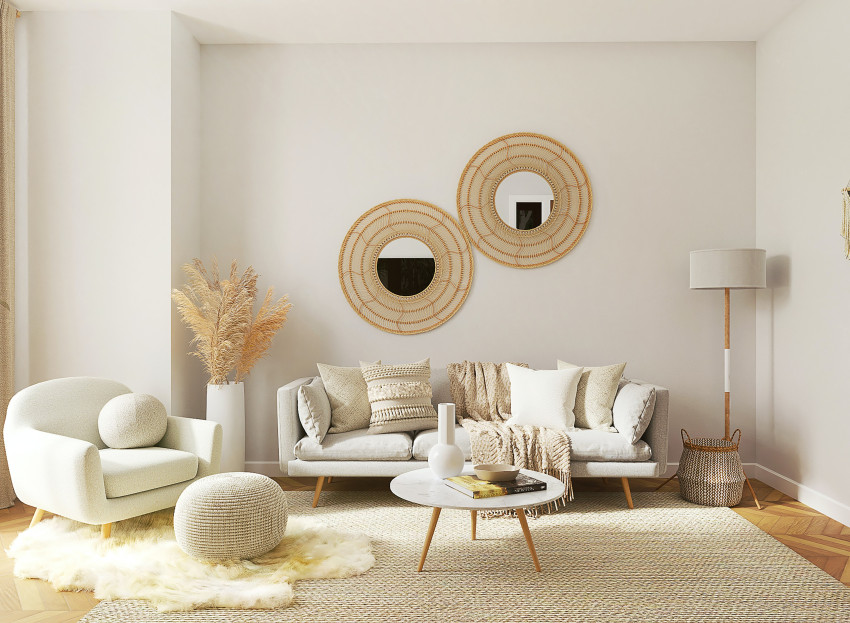
Design is a multifaceted field, and within it, there are varying approaches and methodologies that designers employ to create functional, aesthetic, and innovative solutions. Two distinct paradigms that often intersect are design thinking and traditional design. In the context of interior design, understanding the difference between these approaches can be crucial for delivering exceptional results. In this article, we delve into the world of interior design in Chennai, exploring the dissimilarities between design thinking and traditional design, and how they shape the work of the best interior designers in chennai.
Design Thinking: The Problem-Solving Approach
Design thinking is a problem-solving methodology that has gained significant traction in various design disciplines, including interior design. It prioritizes empathy, user-centricity, and collaboration to arrive at innovative solutions. In essence, design thinking aims to identify and address the underlying issues and needs of the end users.
Key Principles of Design Thinking:
Empathize: Design thinkers start by understanding the people they are designing for. In interior design, this means getting to know the clients, their preferences, lifestyle, and how they intend to use the space.
Define: After empathizing, the next step is to define the problem clearly. Interior designers employing design thinking will work with clients to pinpoint the specific challenges and objectives of the project.
Ideate: This phase encourages brainstorming and ideation. Design thinkers aim to generate a wide range of creative ideas for addressing the defined problem.
Prototype: Ideas are transformed into prototypes or mock-ups. In interior design, this could mean creating sketches, 3D models, or even full-scale room setups to visualize concepts.
Test: Prototypes are tested with users, and feedback is collected. This iterative process continues until a solution that truly addresses the user's needs is achieved.
Traditional Design: The Craftsmanship Approach
Traditional design, on the other hand, is rooted in established design principles and aesthetics. It often draws from historical styles, architectural norms, and artistic traditions. Traditional interior design is characterized by its attention to detail, craftsmanship, and a focus on creating visually appealing spaces that adhere to certain stylistic norms.
Key Aspects of Traditional Design:
Aesthetic Focus: Traditional design is primarily concerned with achieving a particular aesthetic. This can encompass a wide range of styles, from classical and Victorian to modern interpretations of traditional elements.
Materials and Craftsmanship: Traditional designers prioritize the quality of materials and the craftsmanship of furniture, decor, and finishes. Attention to detail is paramount.
Stylistic Consistency: Traditional design often maintains consistency in style throughout a space. Elements like color schemes, furniture choices, and architectural details adhere to the chosen style.
Harmonizing Design Thinking and Traditional Design:
In the realm of interior design in Chennai, the best interior designers recognize the value of both design thinking and traditional design. While design thinking offers a structured approach to problem-solving and user-centric design, traditional design provides a rich source of inspiration and a deep appreciation for timeless aesthetics.
Achieving a Synergy:
The most successful interior design projects often find a synergy between design thinking and traditional design. For example, a Chennai-based interior designer might employ design thinking principles to understand a client's lifestyle and needs thoroughly. They can then blend these insights with traditional design elements to create a space that not only functions exceptionally well but also exudes a sense of timeless beauty.
Conclusion:
In Chennai, a city that beautifully blends its rich cultural heritage with a forward-thinking outlook, interior designers face a unique challenge and opportunity. The best interior designers in Chennai are those who understand the nuanced differences between design thinking and traditional design and can skillfully integrate them into their projects. By doing so, they create spaces that not only address practical needs but also resonate with the aesthetic sensibilities of their clients and the cultural tapestry of the city itself.



